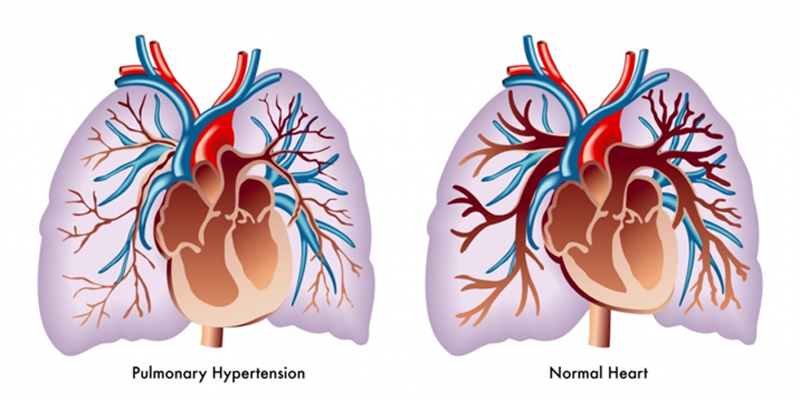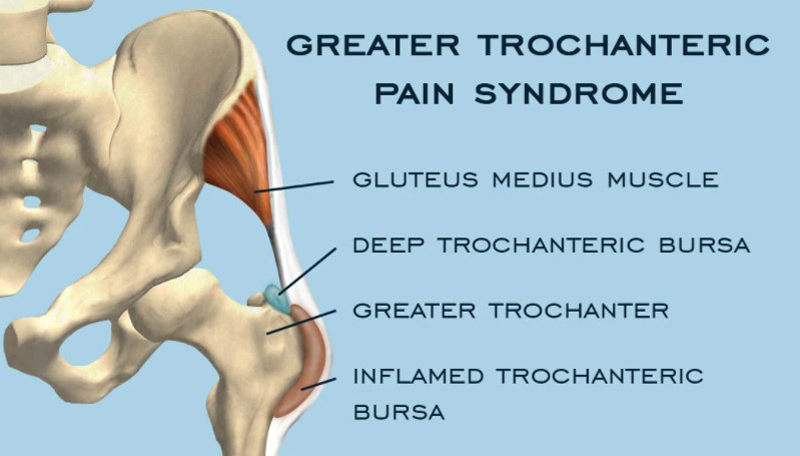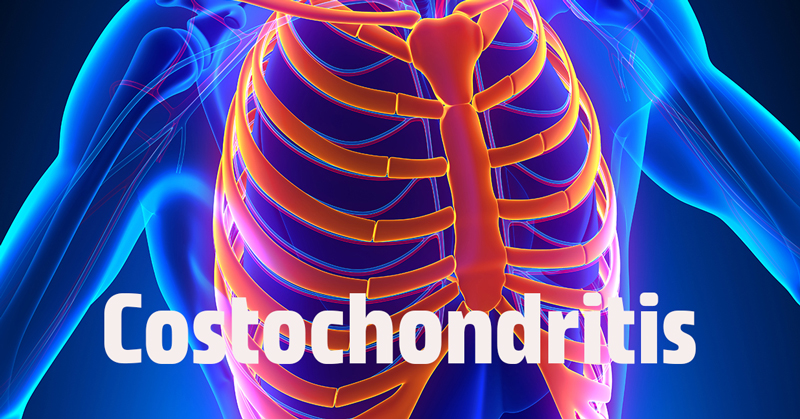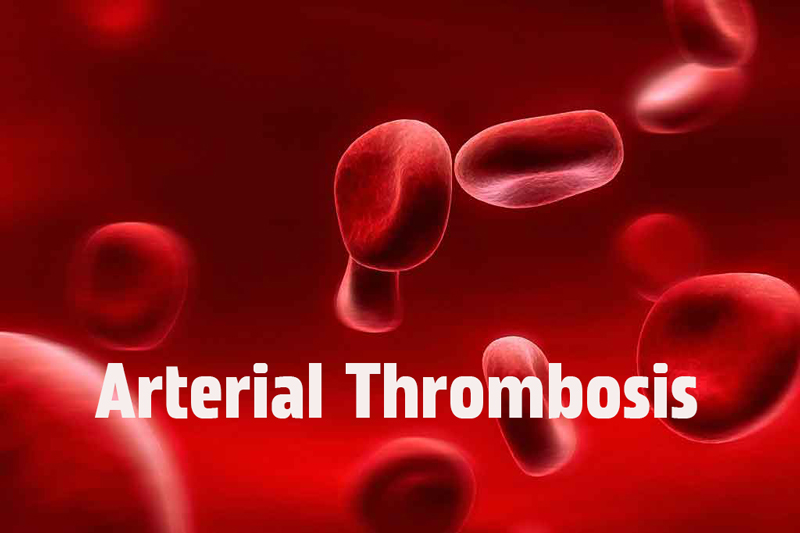Food Allergies and Intolerances - Dining Dilemmas
Nov. 2, 2023 #Allergies
Food allergies and intolerance pose challenges to many individuals, impacting their overall well-being and dietary choices. In this comprehensive exploration, we will define and delve into the intricacies of food allergies and intolerance, highlighting their differences. Additionally, we will discuss the importance of transitioning to a balanced diet as a proactive measure to manage and prevent these conditions.
Understanding Food Allergies:
Definition:
Food allergies are immune system responses to specific proteins in certain foods. When the immune system mistakenly identifies a particular food protein as harmful, it triggers an allergic reaction.
Causes:
The causes of food allergies are complex and multifaceted, often involving genetic and environmental factors. Common allergens include peanuts, tree nuts, shellfish, eggs, milk and soy. Exposure to these allergens can lead to reactions ranging from mild symptoms to severe, life-threatening anaphylaxis.
Symptoms:
Food allergy symptoms can manifest within minutes to a few hours after consuming the allergenic food. They may include hives, itching, swelling, abdominal pain, vomiting, diarrhea and respiratory distress. Anaphylaxis is a severe and potentially fatal reaction that requires immediate medical attention and typically involves symptoms like difficulty breathing and a drop in blood pressure.
Understanding Food Intolerance:
Definition:
Food intolerance, on the other hand, does not involve the immune system. It occurs when the digestive system is unable to properly break down certain foods or components. Unlike allergies, which can be life-threatening, food intolerance typically leads to discomfort and digestive symptoms.
Causes:
The causes of food intolerance vary. Lactose intolerance, for instance, results from insufficient production of the enzyme lactase needed to digest lactose, the sugar in milk. Other types of intolerance may be due to sensitivity to food additives, naturally occurring substances or the inability to process certain components like gluten.
Symptoms:
Symptoms of food intolerance are primarily gastrointestinal and include bloating, gas, diarrhea, and abdominal pain. Unlike allergies, food intolerance reactions are generally less severe and occur over a more extended period, making them challenging to pinpoint without careful observation.
Distinguishing Between Food Allergies and Food Intolerance:
While both conditions can cause discomfort, understanding the differences is crucial:
Immune Response:
Food Allergies: Involve an immune system response and can be life-threatening.
Food Intolerance: Does not involve the immune system and is generally not life-threatening.
Onset and Duration:
Food Allergies: Reactions are typically rapid and can occur within minutes to hours.
Food Intolerance: Symptoms may develop more slowly and persist for an extended period.
Severity of Symptoms:
Food Allergies: Can lead to severe reactions, including anaphylaxis.
Food Intolerance: Symptoms are generally milder and limited to digestive discomfort.
Transitioning to a Balanced Diet:
Adopting a balanced diet is a fundamental step in managing and preventing food allergies and intolerance. Here's how to make this transition:
Consult with Healthcare Professionals:
Seek guidance from allergists, dietitians, or healthcare providers to accurately diagnose and manage food allergies and intolerance.
Undergo Allergy Testing:
For suspected food allergies, allergy testing can identify specific triggers, allowing for informed dietary choices.
Elimination Diet:
Individuals with food intolerance may benefit from an elimination diet. This involves removing suspected trigger foods and reintroducing them systematically to identify culprits.
Read Food Labels:
Be vigilant about reading food labels to identify potential allergens or ingredients that may cause intolerance.
Choose Whole Foods:
Opt for a diet rich in whole foods, including fruits, vegetables, lean proteins and whole grains. These choices provide essential nutrients while minimizing exposure to potential allergens or intolerances.
Rotate Foods:
Rotate foods to diversify your diet and reduce the risk of developing new allergies or intolerances.
Consider Food Alternatives:
Explore alternative food options that meet nutritional needs without triggering allergic reactions or intolerance symptoms.
Cook at Home:
Cooking at home allows better control over ingredients and preparation methods, reducing the risk of accidental exposure.
Stay Hydrated:
Maintain adequate hydration, as it supports overall health and aids digestion.
Supplements:
Consider supplements to address nutritional gaps if certain foods must be avoided.
Educate Others:
Educate friends, family, and caregivers about food allergies and intolerance to ensure a supportive and safe environment.
Conclusion:
Navigating food allergies and intolerance requires a proactive approach centered around a balanced diet. Understanding the distinctions between these conditions is crucial for effective management. By consulting healthcare professionals, undergoing appropriate testing, and making informed dietary choices, individuals can take charge of their well-being.
Transitioning to a balanced diet not only addresses nutritional needs but also minimizes the risk of adverse reactions, allowing individuals to enjoy a diverse and nourishing array of foods while safeguarding their health.







COMMENTS